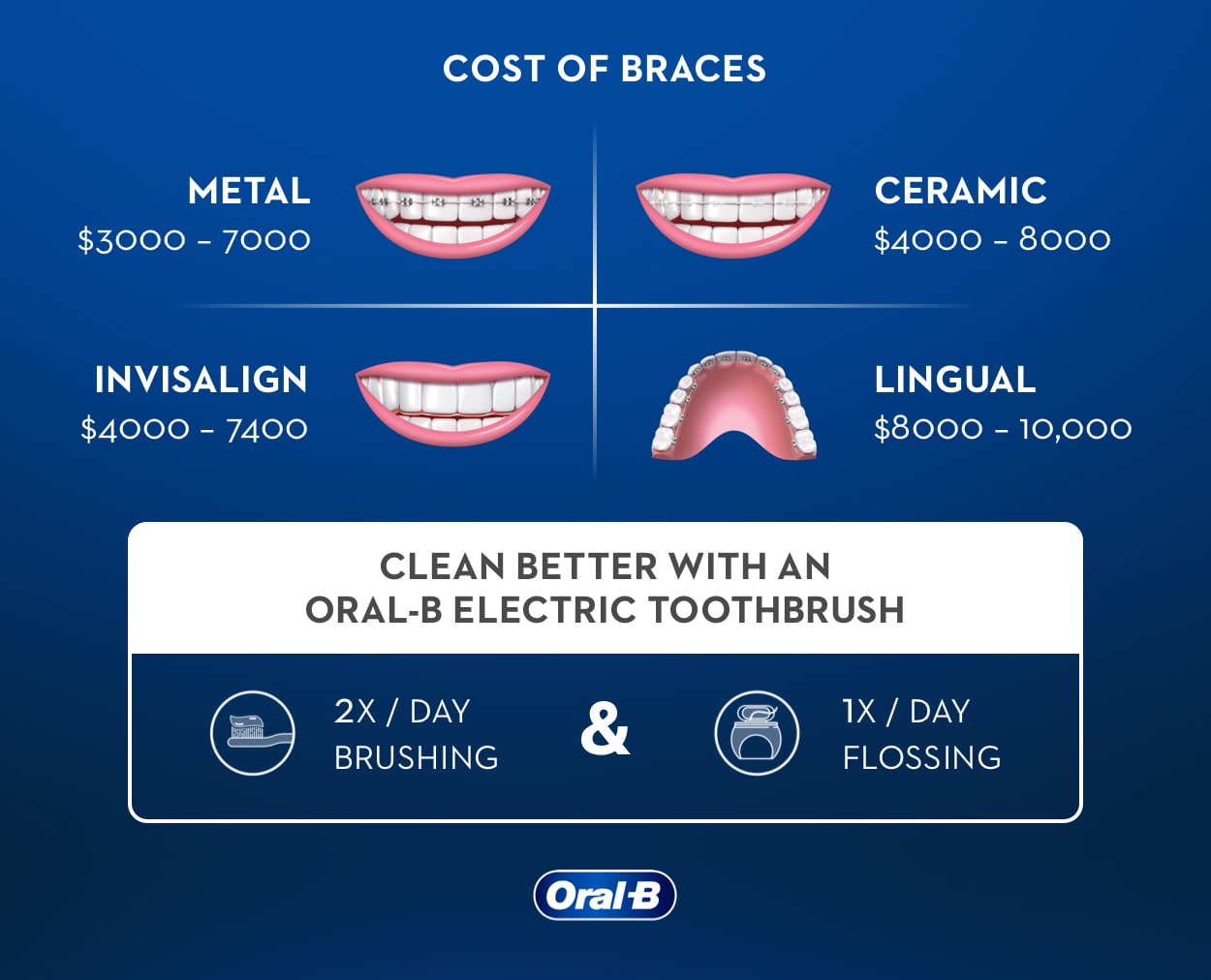Comprehensive Guide to Orthodontics Treatments for Fixing Dental Misalignments
Recognizing the details of each treatment, including their devices, advantages, and possible downsides, is critical in making educated choices concerning one's orthodontic therapy. As we browse with the comprehensive guide to orthodontic procedures for fixing oral misalignments, the complex details of each technique will certainly unravel, losing light on the course towards a harmonious and practical dental positioning.
Orthodontic Procedures Introduction

Normal adjustments and surveillance are important components of orthodontic treatment to guarantee progress is on track and to make any kind of required alterations along the method. By undergoing orthodontic procedures, people can not only accomplish a straighter grin yet also boost their total oral wellness and function.
Typical Braces: Just How They Work
When thinking about orthodontic treatments for dental imbalances, conventional dental braces stand out as a time-tested approach for correcting teeth placing. Traditional braces are composed of braces, cables, and bands that function together to use continuous stress on the teeth, gradually moving them into the wanted alignment.
One trick aspect of just how conventional dental braces job is the process of bone renovation. As stress is related to the teeth via the braces, the bone surrounding the teeth is reshaped to sustain the new tooth placements. This renovation is necessary for the long-lasting security of the corrected placement. Clients will certainly need normal adjustments at the orthodontist's workplace to guarantee the dental braces continue to use the correct pressure for reliable teeth movement.
Invisible Aligners: Cons and pros
These clear, personalized trays are essentially unnoticeable when put on, making them an attractive option for people seeking an extra visually pleasing orthodontic therapy. Clients can remove the aligners prior to consuming or brushing their teeth, lowering the danger of food obtaining stuck in the home appliance and streamlining the cleaning procedure.

Surgical Orthodontic Options
Surgical treatments in orthodontics existing sensible options for attending to complicated oral imbalances that might not be properly settled through traditional orthodontic treatments. While unnoticeable aligners and conventional dental braces can deal with many orthodontic concerns, particular cases call for surgical treatment to attain ideal outcomes. Surgical orthodontic alternatives are commonly advised for serious malocclusions, considerable jaw discrepancies, and cases where the underlying bone framework needs modification to attain correct positioning.
One common medical orthodontic treatment is orthognathic surgical treatment, which involves rearranging the jaws to remedy functional concerns such as problem talking or chewing. This surgical procedure is typically carried out in collaboration with an orthodontist that assists align the teeth before and after the treatment. Surgical orthodontics might also entail procedures to reveal affected teeth, get rid of excess periodontal tissue, or improve the jawbone to create an extra harmonious face profile.
Prior to considering medical orthodontic options, people go through a comprehensive examination to determine the need Click This Link and prospective advantages of such interventions. orthodontist. While surgical treatment might seem challenging, it can significantly enhance both the function and aesthetics of the smile in situations where conventional orthodontic therapies fail
Retainers and Post-Treatment Treatment

Failure to conform with post-treatment care directions can result in regression, where the teeth progressively relocate back in the direction of their initial positions. Consistent retainer wear, good oral health, and regular oral exams are vital for keeping the outcomes achieved with orthodontic surgical treatment and making certain the long-term stability of the remedied oral alignment.
Conclusion
In conclusion, orthodontic procedures use different options for correcting oral imbalances. Surgical orthodontic options are readily available for her comment is here extra extreme imbalances. On the whole, orthodontic treatments can successfully improve oral wellness and visual look.
As we navigate via the detailed guide pop over here to orthodontic treatments for remedying dental imbalances, the complex details of each technique will unfold, dropping light on the course toward a useful and unified oral placement. - cumming orthodontist
One of the most usual orthodontic treatments is the use of braces, which are composed of metal brackets and cords that use mild stress to slowly move teeth right into the desired position.When thinking about orthodontic therapies for oral imbalances, conventional dental braces stand out as a reliable approach for dealing with teeth positioning. Additionally, unnoticeable aligners might not be appropriate for intricate orthodontic concerns that call for more significant teeth movement, as they are normally advised for light to moderate cases. Retainers are tailor-made orthodontic tools made to hold teeth in their corrected settings after the completion of orthodontic treatment.